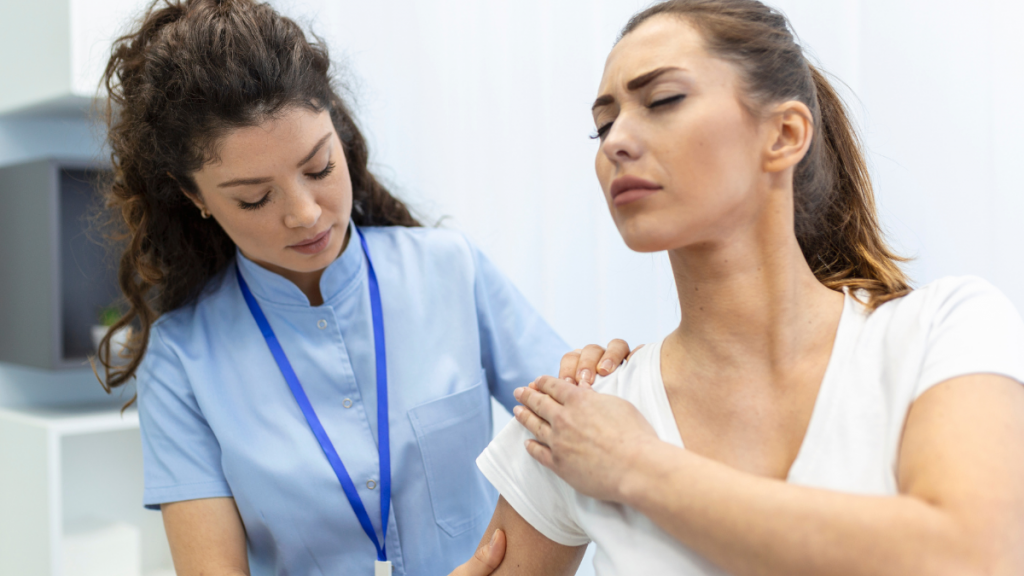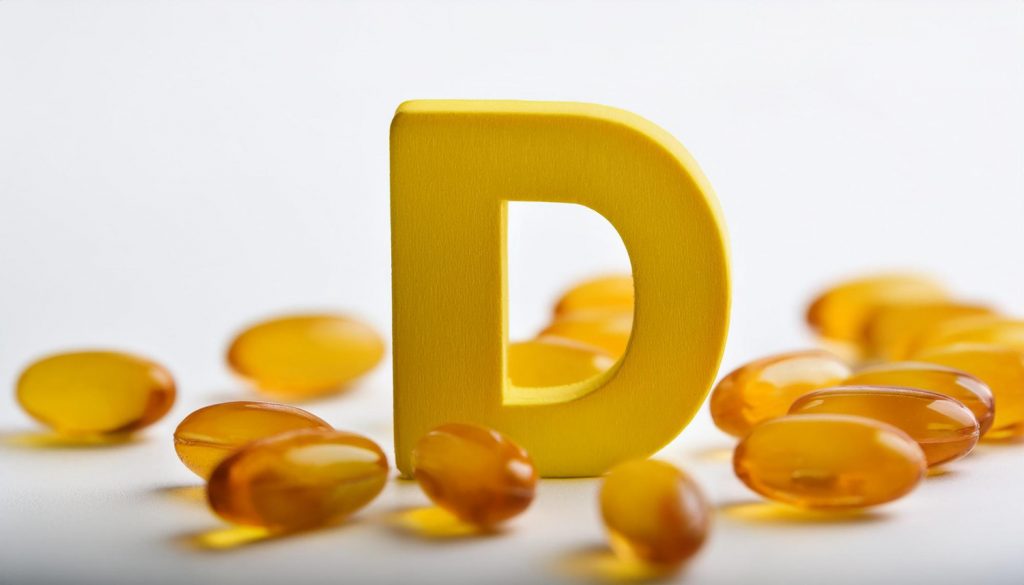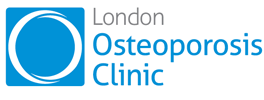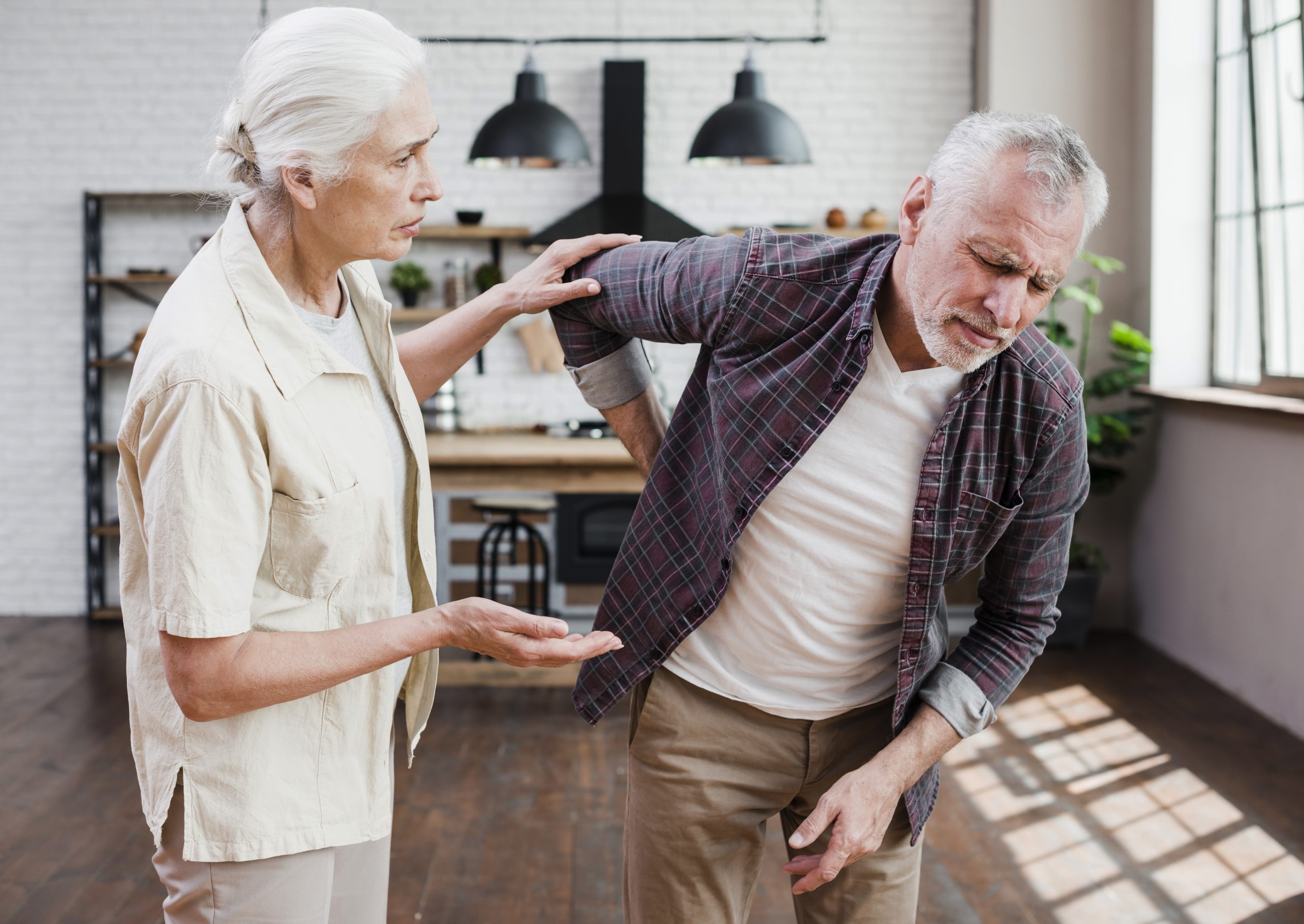Introduction
For postmenopausal women, a hip fracture can be a life-altering event. While a bone mineral density (BMD) test is the primary tool for diagnosing osteoporosis, it’s just one piece of the puzzle. The true risk of a hip fracture is influenced by a combination of factors, including your Vitamin D levels and overall bone health. At the London Osteoporosis Clinic, we look beyond a single T-score to provide a comprehensive assessment. This article will explore the powerful connection between bone density, Vitamin D, and hip fracture risk, and what you can do to take control of your bone health.
The Silent Crisis: Bone Mineral Density and Postmenopause
During and after menopause, a woman’s body experiences a significant drop in estrogen, a hormone essential for maintaining bone mass. This leads to an accelerated rate of bone loss, often without any noticeable symptoms, making osteoporosis a “silent disease”.
- What is BMD? Bone mineral density measures the amount of calcium and other minerals in your bones. It’s a key indicator of bone strength. A lower BMD score is directly correlated with a higher risk of fracture.
- The T-Score: Your BMD results are reported as a T-score. A score of -2.5 or lower indicates osteoporosis, a condition that makes bones fragile and susceptible to fractures.

The Critical Role of Vitamin D
While calcium is the primary building block for bones, Vitamin D is the foreman on the construction site. Its most crucial role is to help your body absorb calcium from the food you eat. Without sufficient Vitamin D, even a calcium-rich diet can’t effectively strengthen your bones.
- How Vitamin D Works: When you have adequate Vitamin D, your body can absorb up to 30-40% of the calcium you consume. With a deficiency, that number can drop dramatically, leading to a calcium deficit that the body compensates for by pulling calcium from your bones.
- Sources of Vitamin D: The most common source is sunlight, which triggers Vitamin D synthesis in the skin. However, dietary sources like fatty fish, fortified milk, and supplements are also vital, especially in regions with limited sun exposure.
Why Hip Fracture is a Serious Outcome
A hip fracture is not just a broken bone. For postmenopausal women, it often marks a significant turning point in health. It is a particularly central concern in research discussions.
- Loss of Independence: A hip fracture can lead to long-term disability and a loss of independence. Many women never fully regain their pre-fracture mobility.
- Increased Mortality Risk: Studies have shown that a hip fracture can increase the risk of mortality, especially in the year following the injury.
- Medical Costs: The medical costs associated with a hip fracture are substantial, including surgery, hospital stays, and long-term care or rehabilitation.

Beyond the DXA Scan: A Holistic Approach to Risk
At the London Osteoporosis Clinic, our experts know that assessing hip fracture risk involves more than a single BMD number. We consider a range of risk factors for osteoporosis and bone mass.
- Lifestyle Factors: Your diet, exercise habits (especially weight-bearing activity), smoking, and excessive alcohol intake all contribute to your risk.
- Genetic Predisposition: A family history of osteoporosis or fracture can also increase your personal risk.
- Medications and Medical Conditions: Certain medicines, like long-term corticosteroids, can affect bone strength.
A lower BMD score is directly correlated with a higher risk of fracture. To learn more about how other lifestyle choices can impact your skeletal health, read our article on What Is a DEXA Scan? Bone Density Testing Explained
Taking Action: Prevention and Management
The good news is that you have a significant degree of control over your bone health.
- Regular Screening: If you are a postmenopausal woman, talk to your doctor about getting a DXA scan. Early detection is your most powerful tool.
- Prioritize Vitamin D: Get your Vitamin D levels checked and follow your doctor’s recommendation for supplementation if needed.
- Focus on Diet and Exercise: Ensure a balanced diet rich in calcium, Vitamin D, and other bone-supporting nutrients. Incorporate weight-bearing exercises like walking, jogging, or strength training into your routine.
- Discuss Your Risk: Have an open conversation with a specialist about your personal and medical risk factors for osteoporosis.
If you are concerned about your bone density, the best way to know is through a comprehensive bone health assessment, including a bone density scan.
Conclusion
For postmenopausal women, the threat of a hip fracture is serious, but it is not inevitable. By looking beyond a single BMD score and understanding the vital roles of Vitamin D and a healthy lifestyle, you can take a proactive stance in protecting your bones. Don’t wait for a fracture to find out.
Take control of your bone health today. Contact the London Osteoporosis Clinic to schedule a comprehensive assessment and discuss a personalised plan.
Clinic Information: Phone: +44 (0)20 7193 7867
Email: [email protected]
Address: London Osteoporosis Clinic, HCA the Shard, 32 St Thomas Street, London SE1 9BS
Online consultations are available, contact us to learn more.


